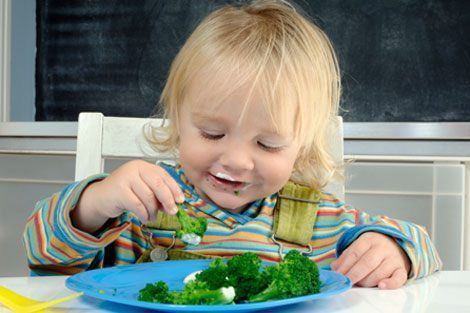November 25, 2013 — The federal Supplemental Nutrition Assistance Program (SNAP) has failed to boost the nutritional value of food purchased and consumed by recipients or to improve food security (ensuring participants have food to meet household needs), according to a new study by Harvard School of Public Health (HSPH) researchers. New policies, programs, and nutrition education initiatives are needed to encourage SNAP participants to buy more fruits, vegetables, and other healthier choices instead of choosing less-healthy options such as sugar sweetened beverages, sweets, and highly processed grains, to improve their health and well-being.
The study was published online in the November 18, 2013, Journal of Nutrition Education and Behavior and will appear in the June/July 2014 print edition.
Formerly known as the Food Stamp program, SNAP is designed to provide financial support to low-income people so they can purchase healthier foods. The program costs U.S. taxpayer $80 billion annually and, in 2012, served nearly 45 million people. The benefits can be used to purchase all foods, except alcohol, supplements, and prepared warm foods.
“Although one might hypothesize that the provision of SNAP benefits would result in the purchase and consumption of healthy foods (i.e. fruits, vegetables, whole grains), there was no appreciable improvement in dietary quality among SNAP participants after the initiation of benefits,” senior author [[Eric Rimm]], associate professor in epidemiology and nutrition at HSPH, said in a press release.
Lead author was Cindy Leung, SD’12, then a doctoral candidate in the Department of Nutrition, who received support from National Institutes of Health Training Grant 5 T32 CA009001-35 to conduct the study. Leung now is at the Center for Health and Community, School of Medicine, University of California, San Francisco. Other HSPH participants included [[Walter Willett]], Fredrick John Stare Professor of Epidemiology and Nutrition and chair, Department of Nutrition; [[Paul Catalano]], senior lecturer on biostatistics; and Eduardo Villamor, DPH’01, adjunct associate professor of international nutrition at HSPH and associate professor, University of Michigan School of Public Health, Ann Arbor, MI.
The three-month study compared food purchasing habits and consumption records of 107 Massachusetts SNAP recipients who had called the nonprofit Project Bread FoodSource Hotline for food assistance. The data was compared with that of a similar group of individuals who called the helpline but were not on SNAP three months later. At follow-up, the researchers found little difference in the quality of food consumed by both groups. Both regularly consumed poor overall quality diets, such as sugary drinks and desserts; SNAP recipients even ate slightly more refined grains than the control group at follow-up.
Read a press release about the study
Listen to Eric Rimm’s JNEB podcast on the findings
Read a November 21, 2013 NPR.org article
photo: iStockphoto.com/Fertnig
Learn more
Diets of low-income adults in federal food program SNAP need improvement (HSPH press release)
Not just hunger-free, but healthy (HSPH podcast, interview with lead author Cindy Leung)
SNAP users drink more soda and eat fewer vegetables, study says (HSPH’s The Nutrition Source)
New poll shows U.S. public supports continued investment in Federal Nutrition Assistance Program (HSPH press release)
Stamping Out Hunger and Obesity (HSPH Obesity Prevention Source)
